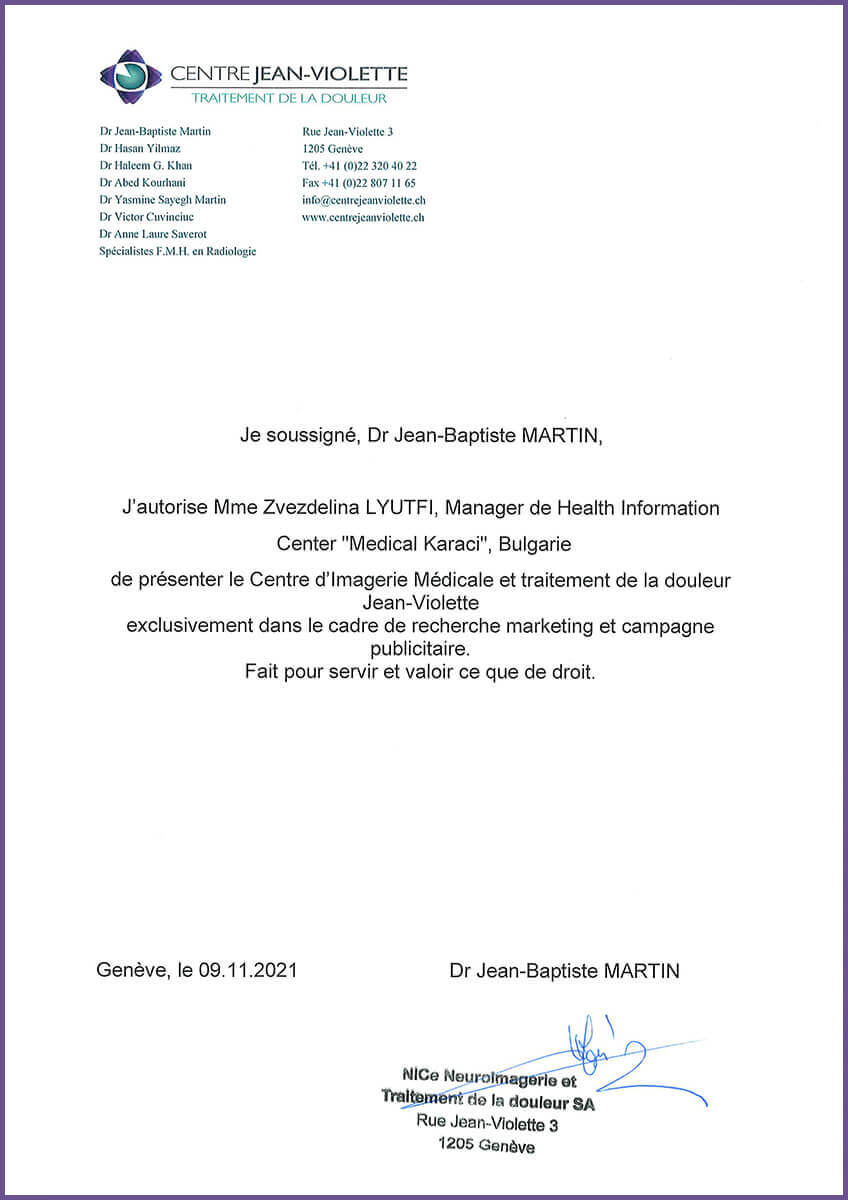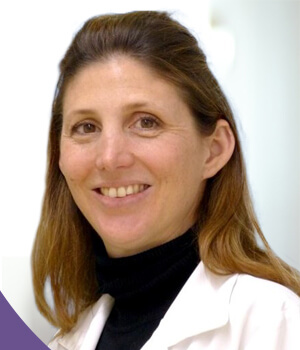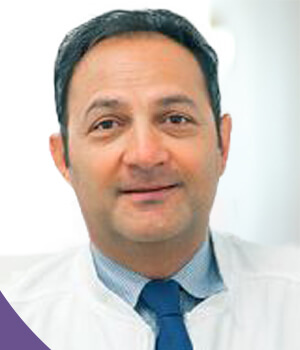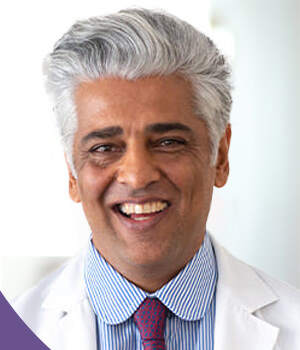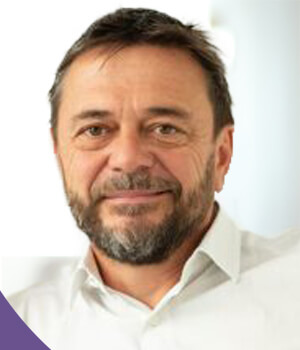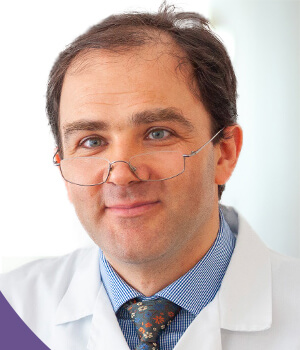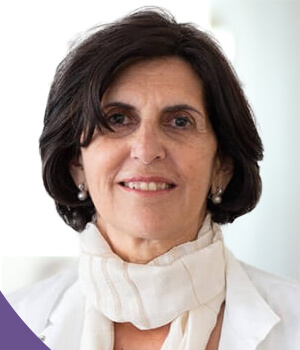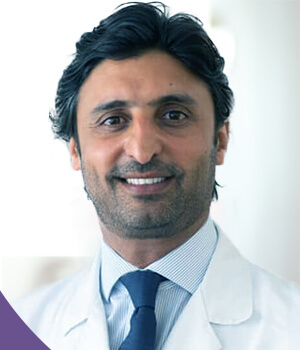Jean-Violette Medical Center is a reference center for medical imaging and the most renowned center for minimally invasive pain management in Geneva, Switzerland. It opened in 1980 and is owned by independent radiologists. The medical team consists of eight specialists whose skills cover all subspecialties of radiology - general radiology, prostate imaging, female imaging, pediatrics, osteoarticular imaging, and neuroradiology. The cardiologist working at the centre also provides expertise in cardiac imaging (CT and MRI).
Doctors at the pain management center see patients for specialized consultations and perform minimally invasive procedures depending on the patient's symptoms and history. The pain treatment center also has osteopaths and medical hypnosis specialists.
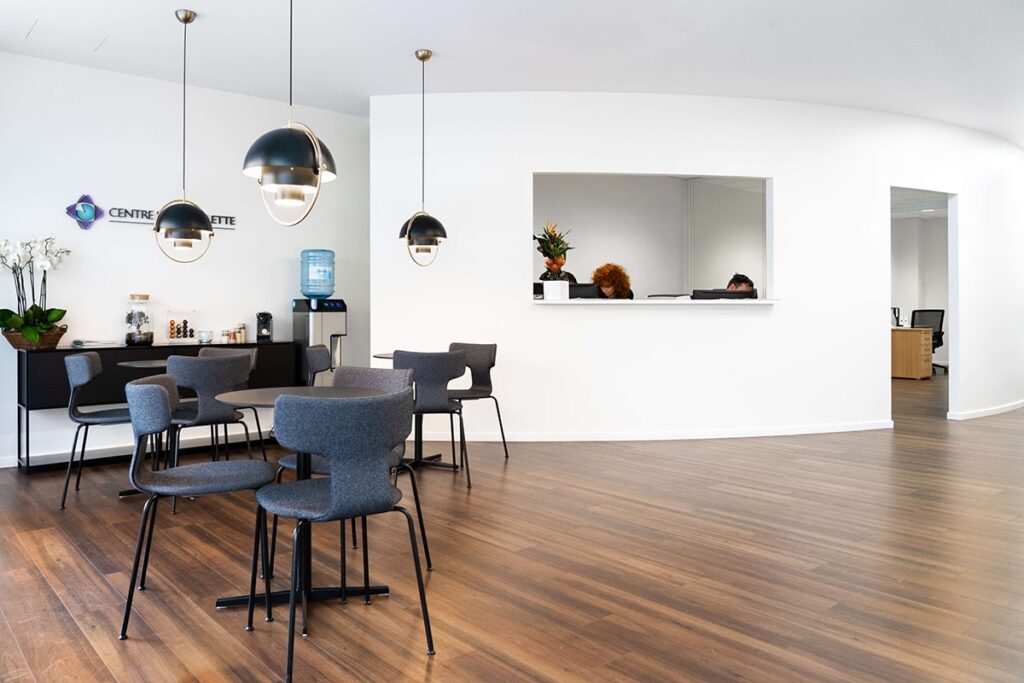
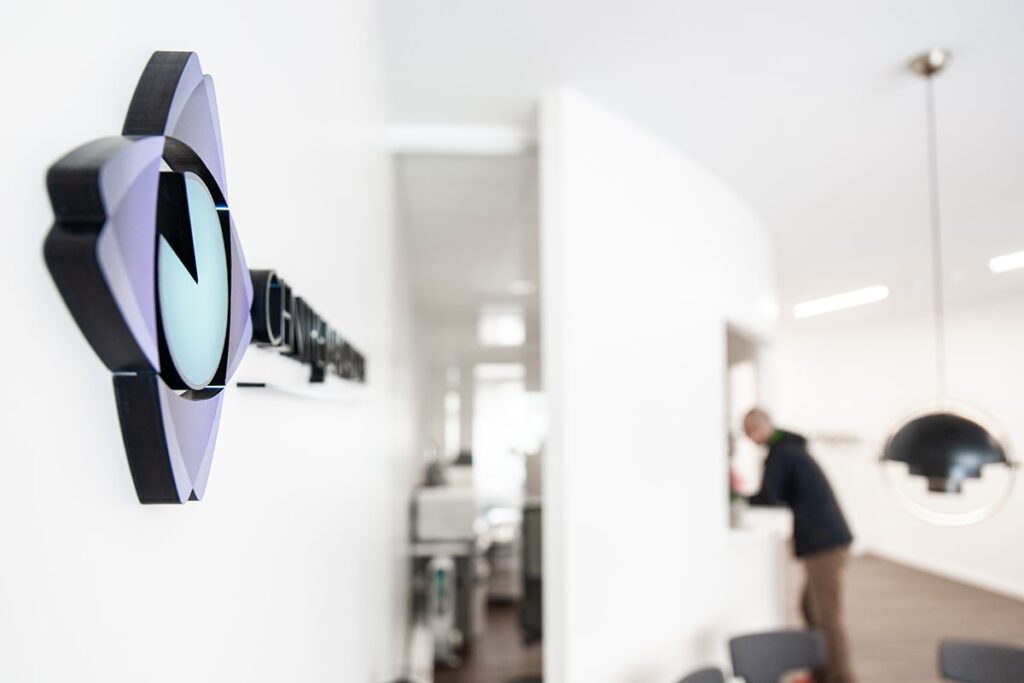
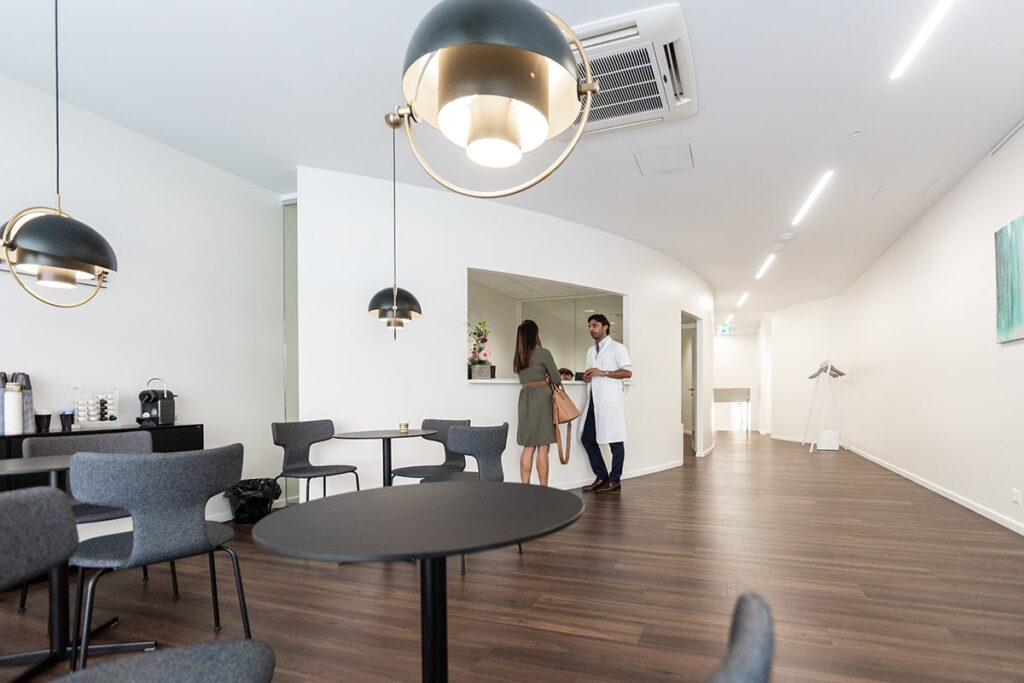
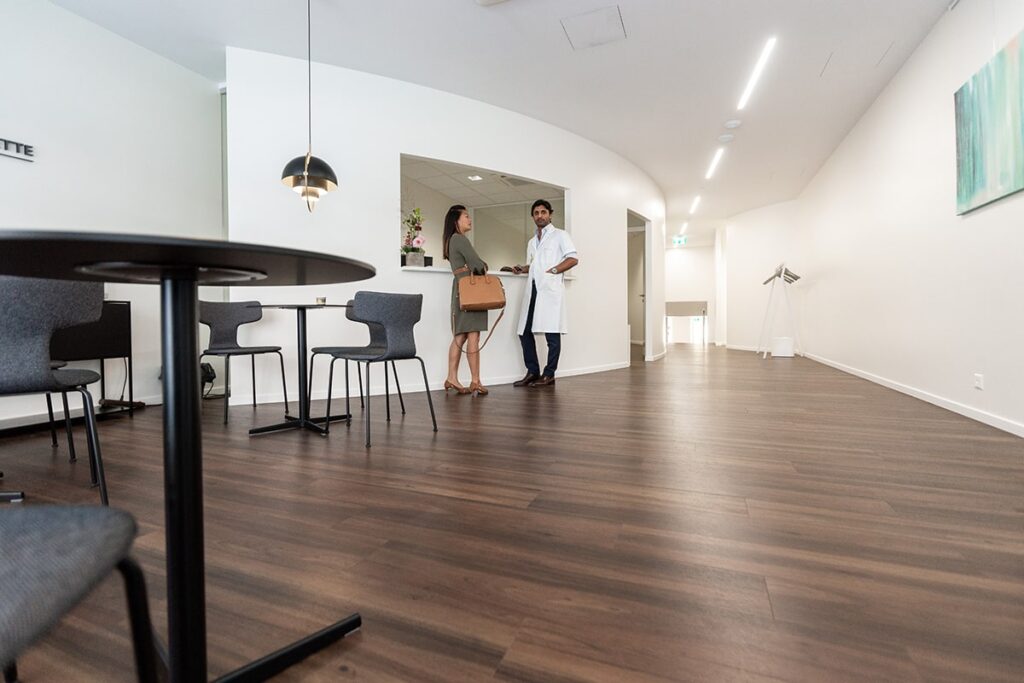
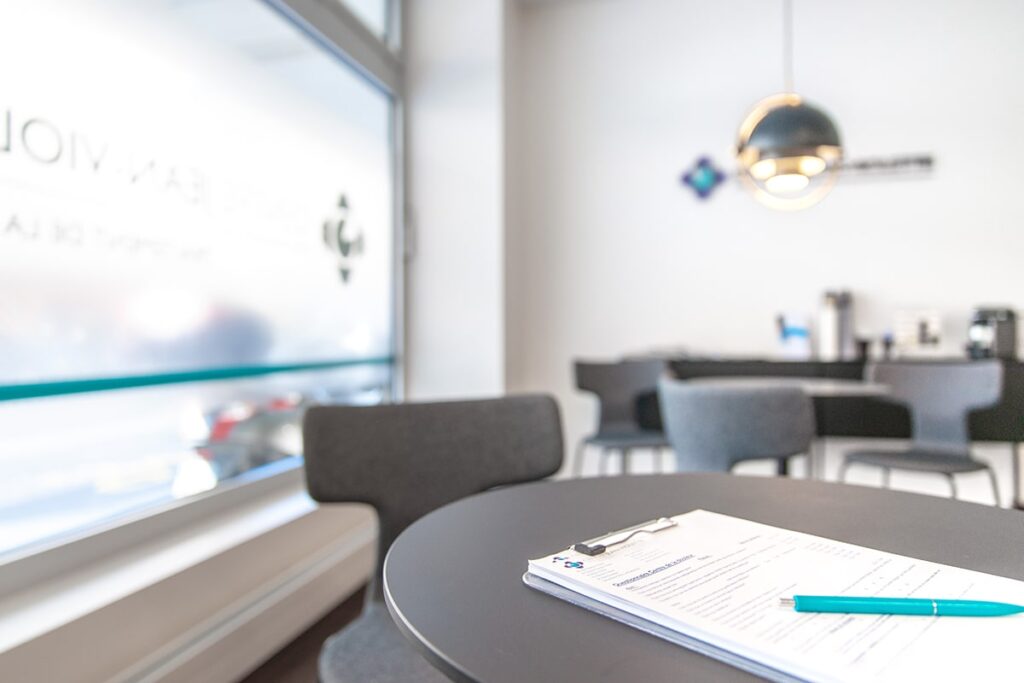
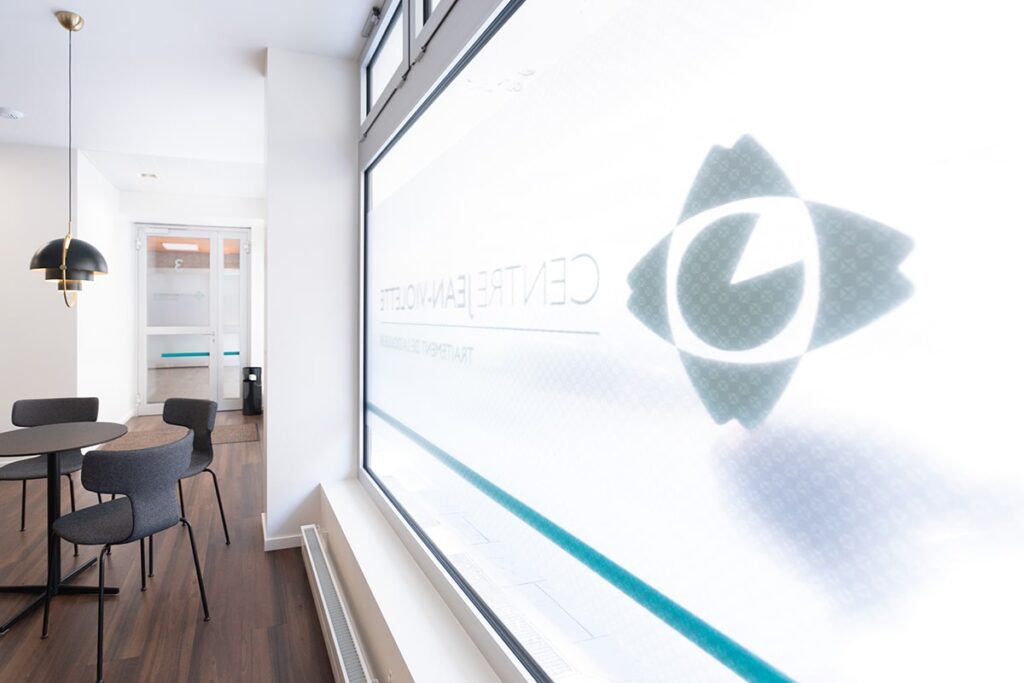
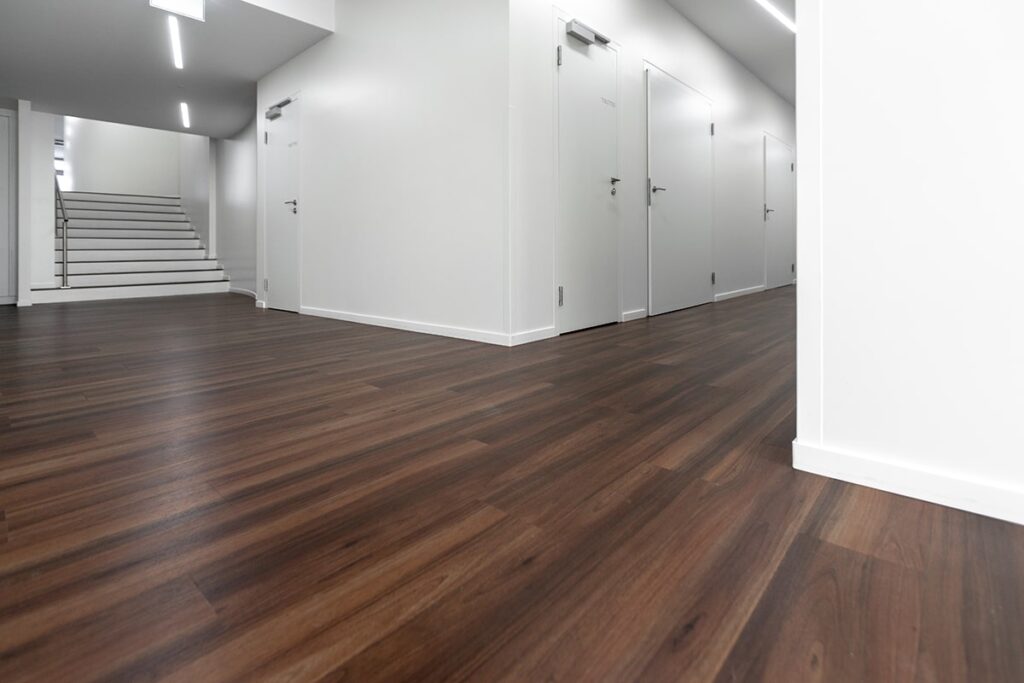
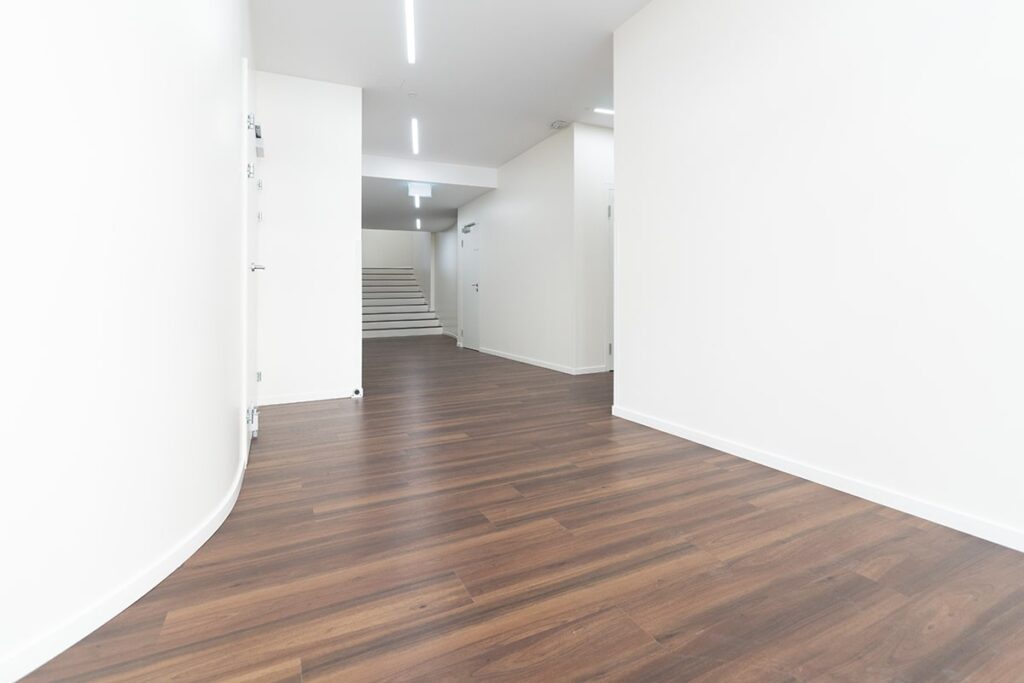
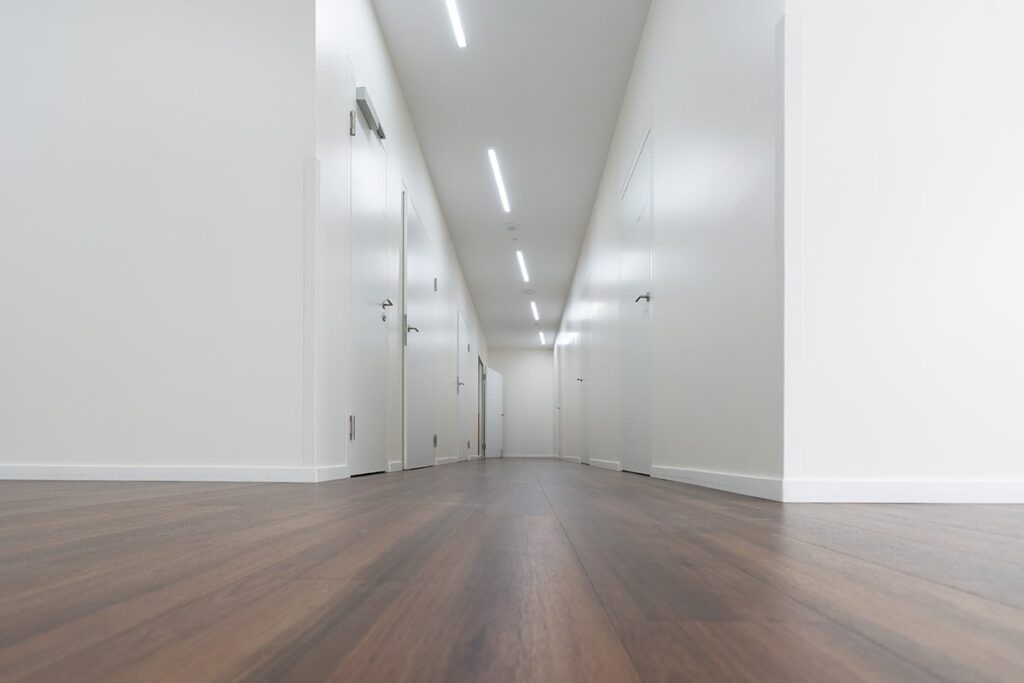
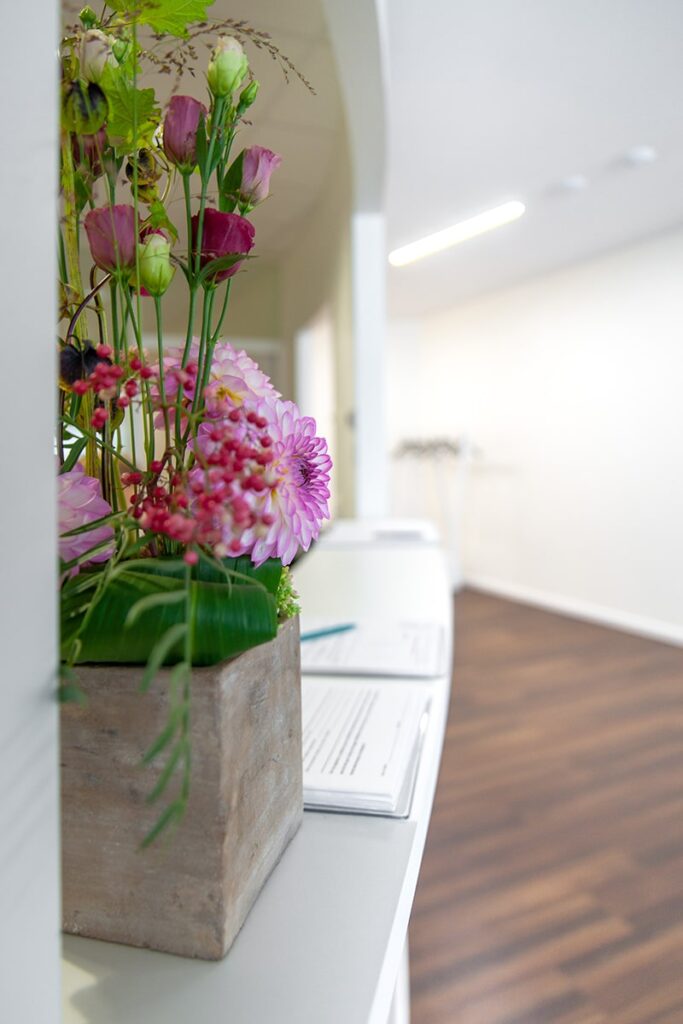
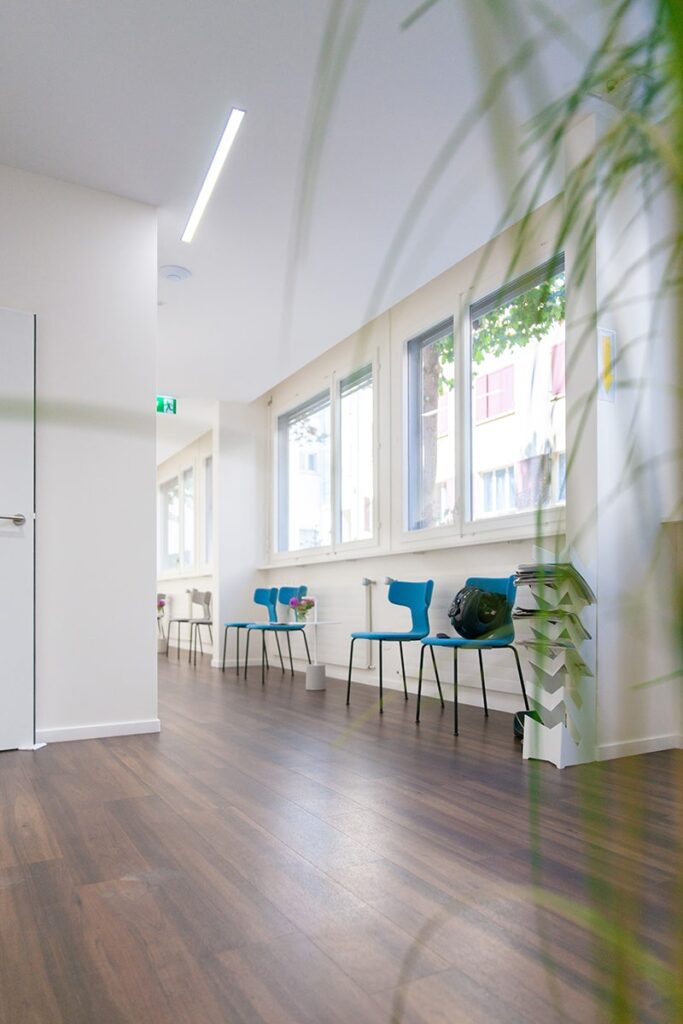
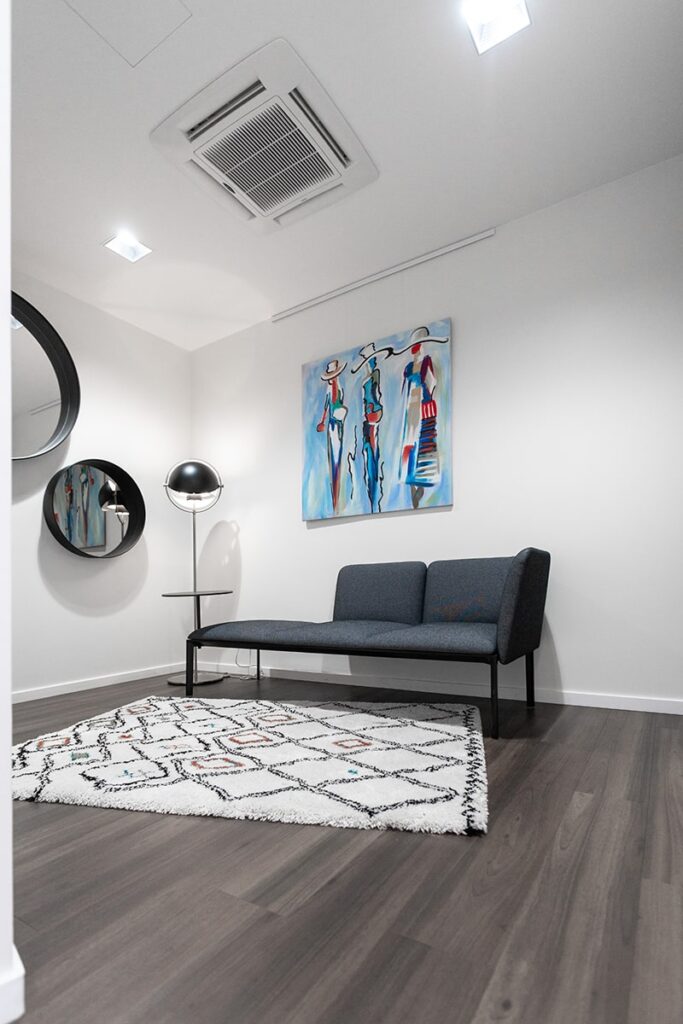
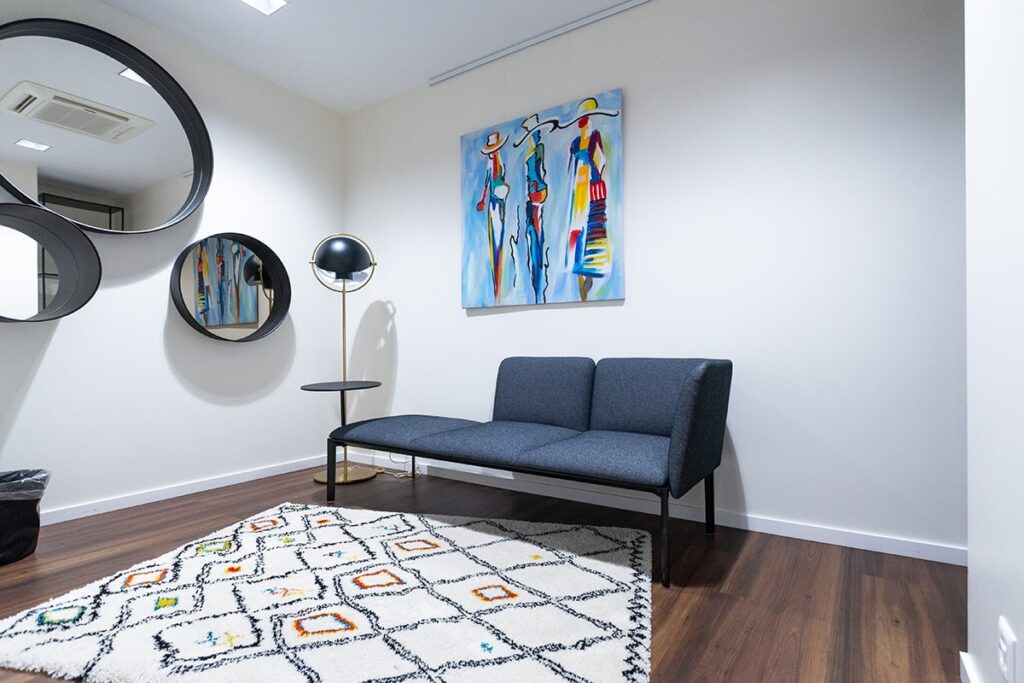
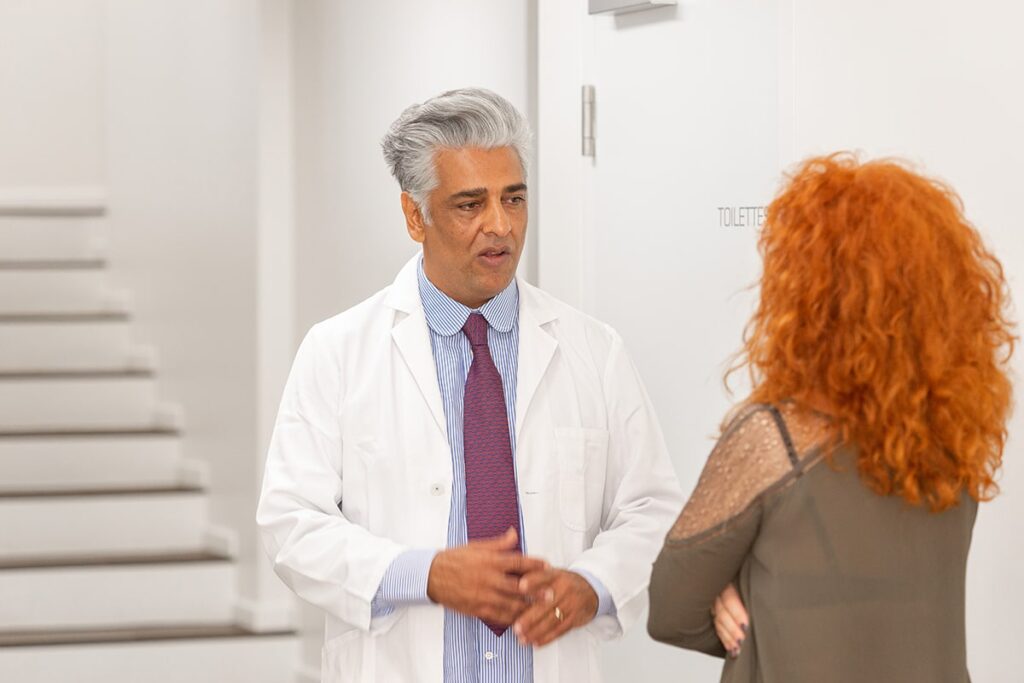
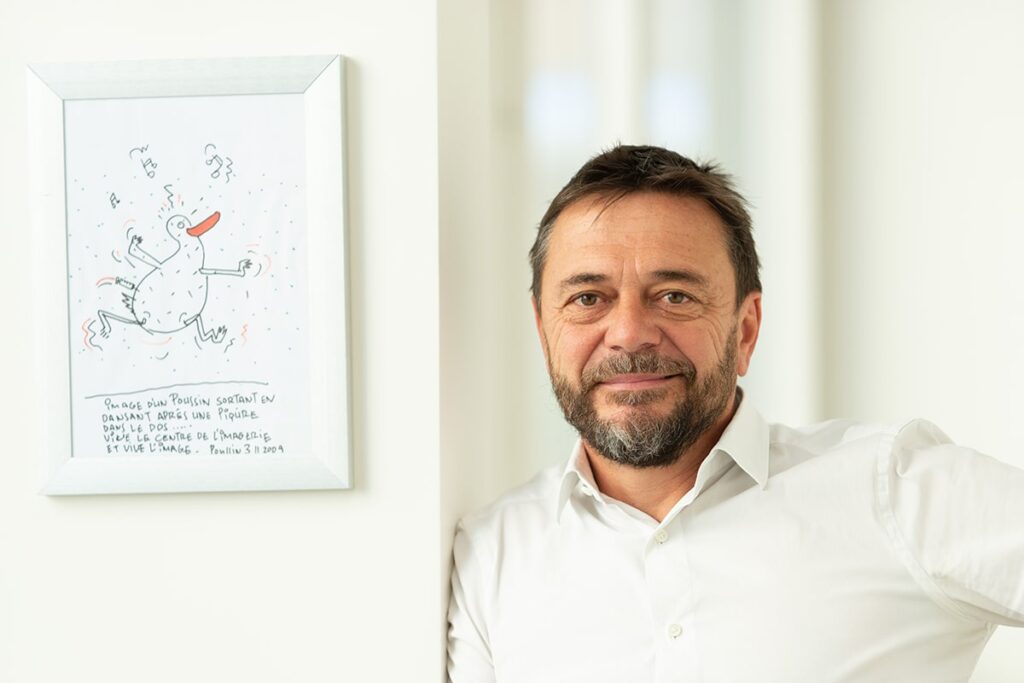
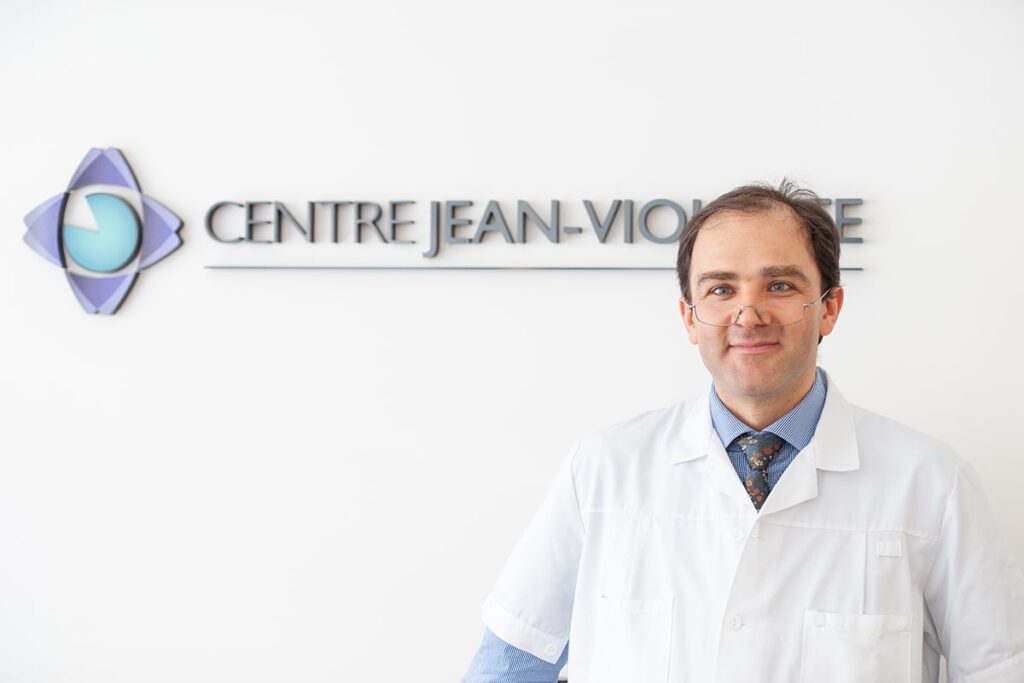
What does Jean-Violette Medical Center offer?
- precise and fast diagnostics
- world-class minimally invasive pain treatment
- access to the latest medical technologies
- Swiss quality standard
Center for minimally invasive pain management.
Improving the quality of life of patients with acute and chronic pain through minimally invasive procedures.
The center brings together some of the most renowned specialists in Switzerland to provide its patients with comprehensive pain management care with the most innovative technologies.
The art of medicine consists in giving the body time to recover. "Seneca, 1st century philosopher.
Even in 2021, this aphorism is still valid in the medical field.
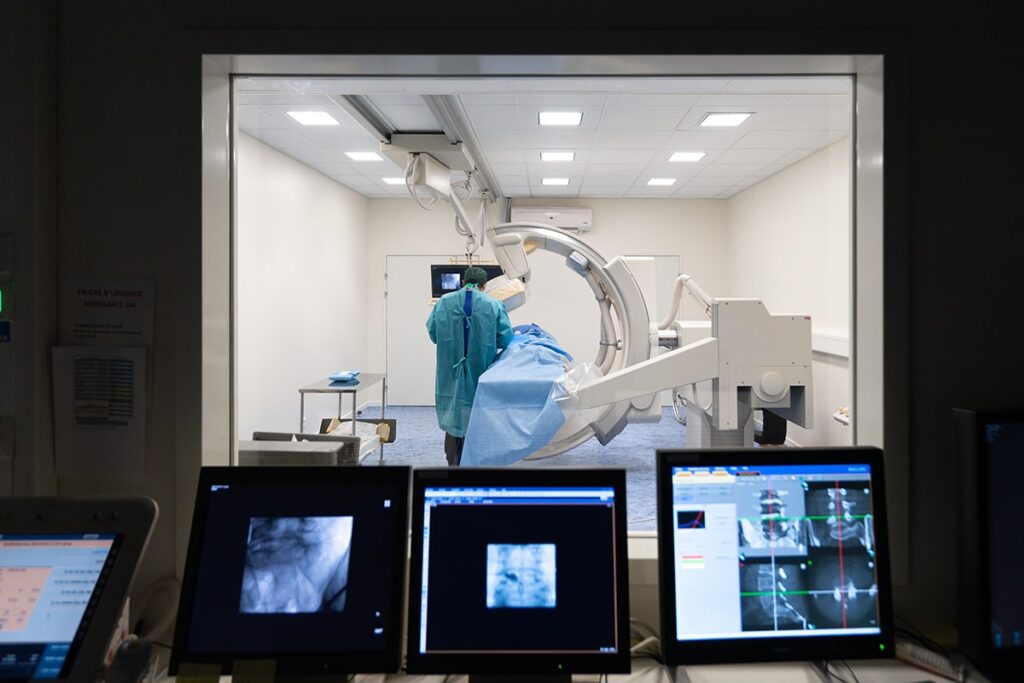
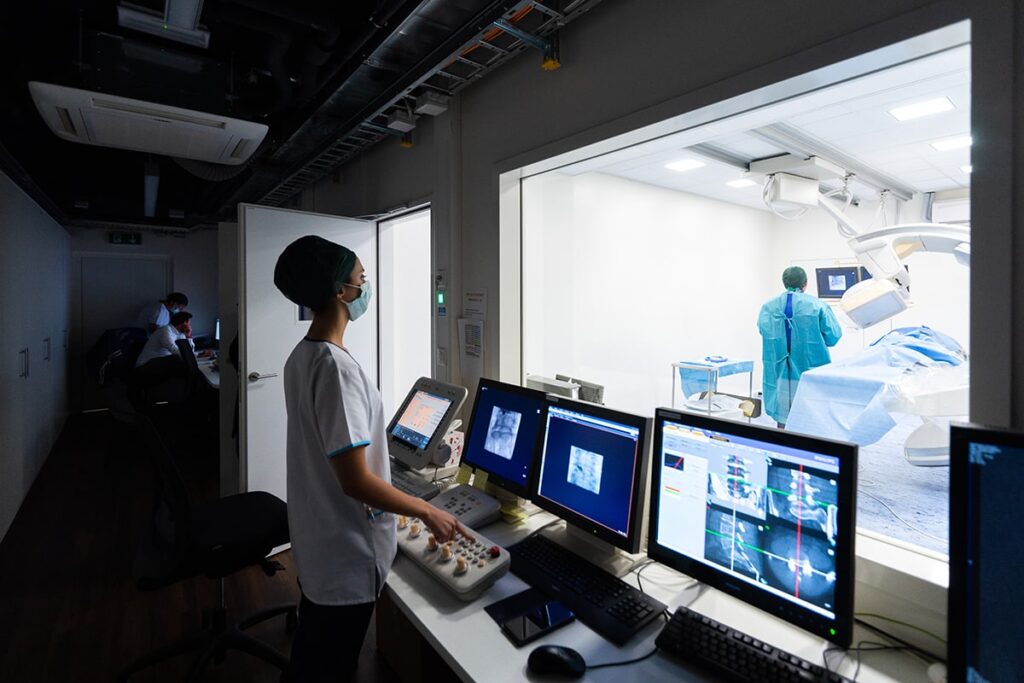
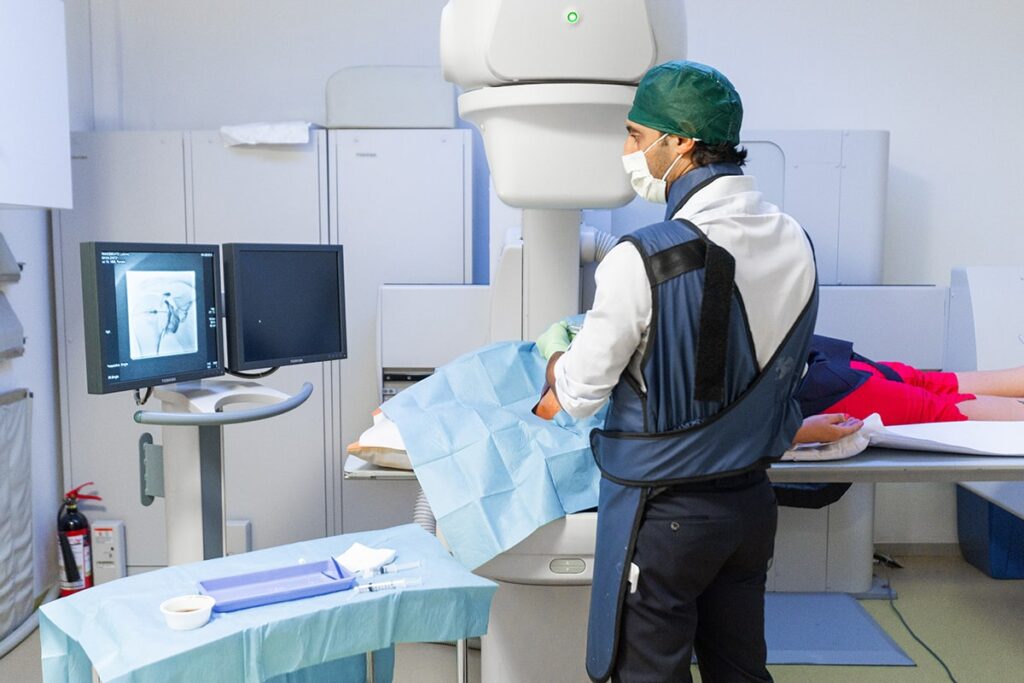
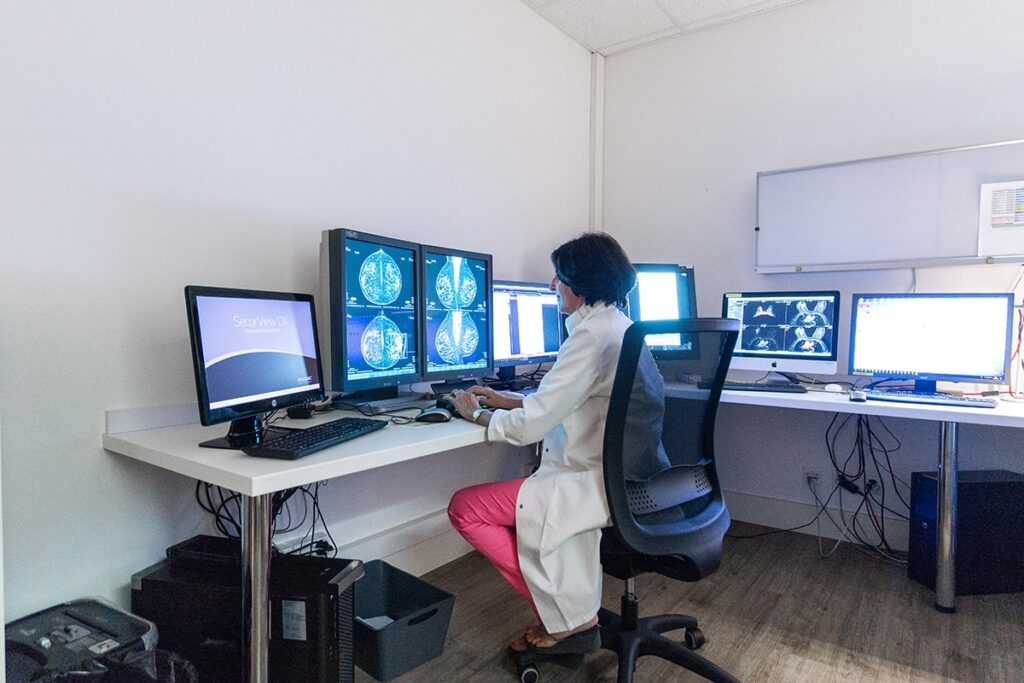
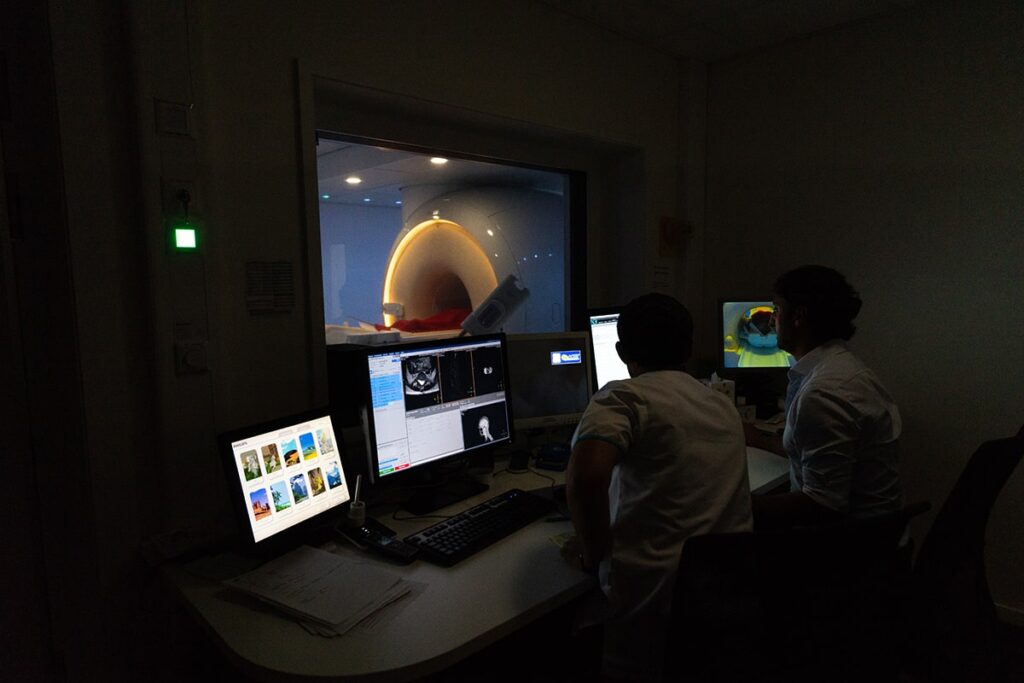
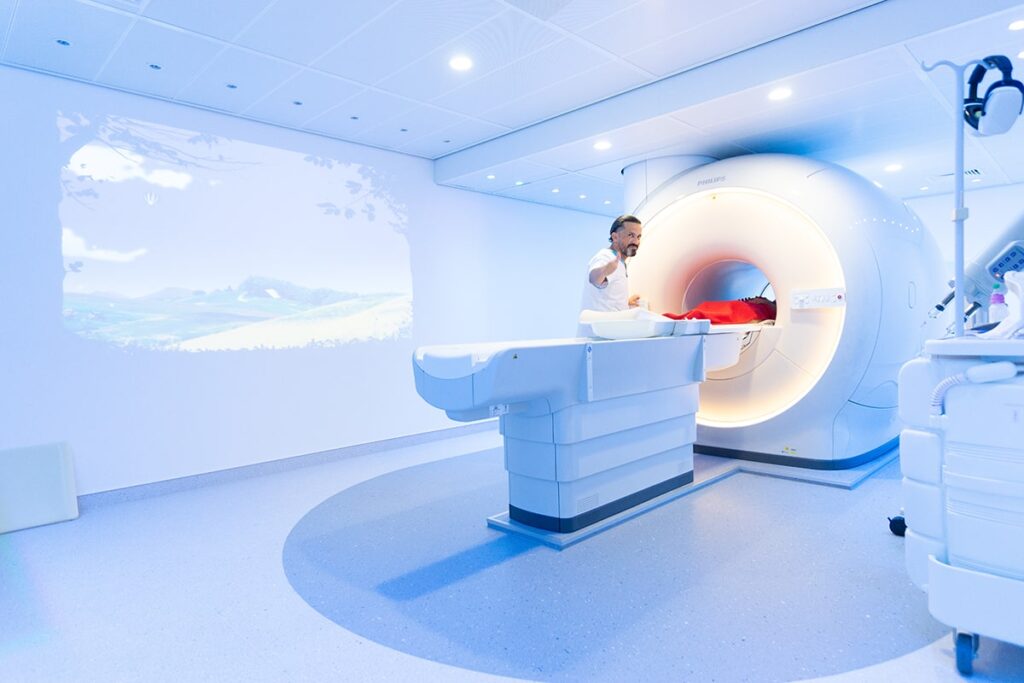
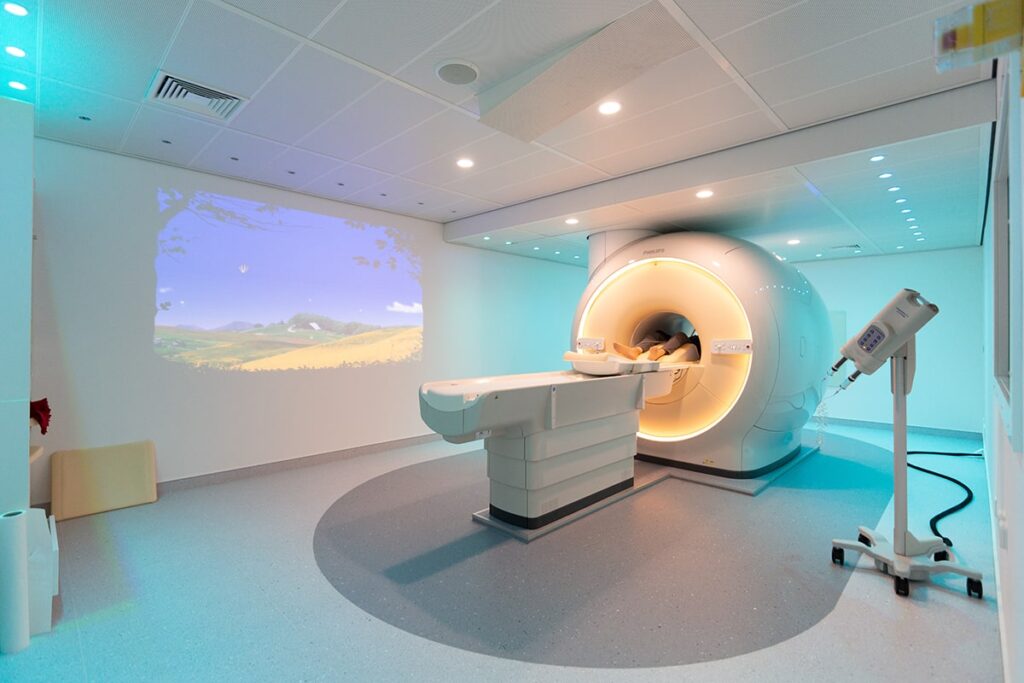
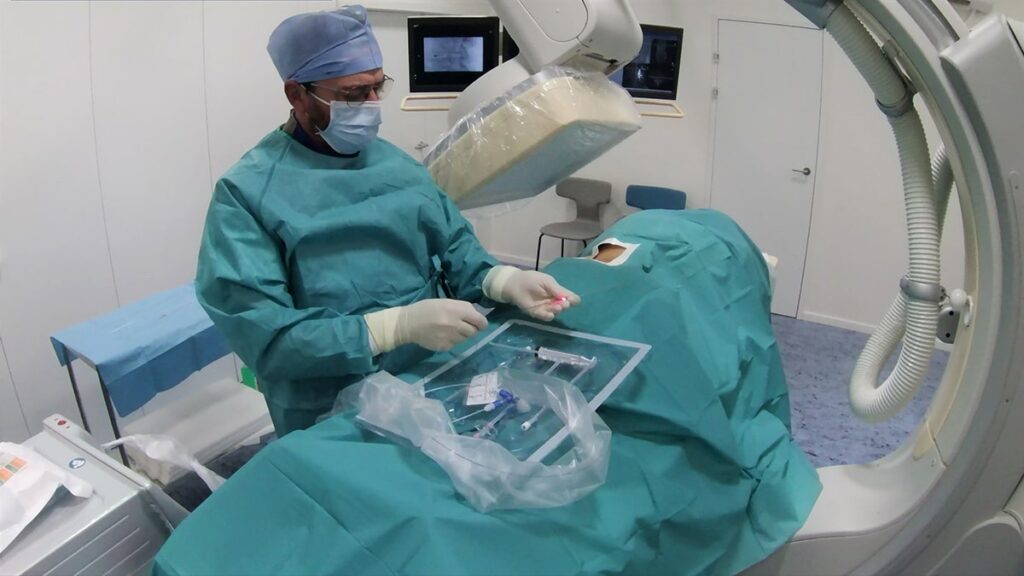
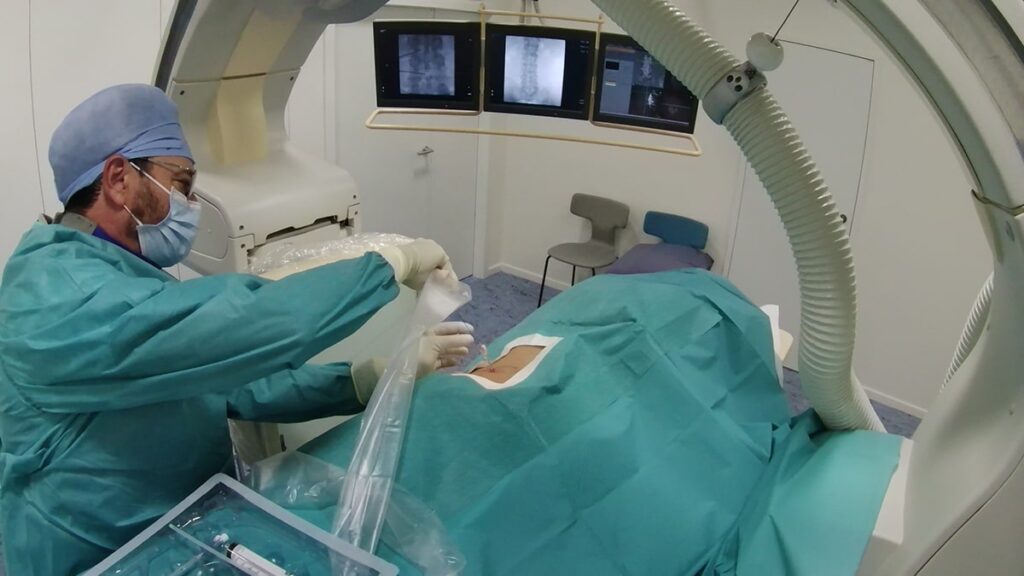
Minimally invasive procedures:
- Infiltration and pain block
- Corticosteroid infiltration
- Direct injection of a corticosteroid into the exact spot where your pain occurs.
The procedure takes a few minutes and is monitored by radiological imaging. This is a procedure that is performed very often and is adapted to your disease.
Infiltration has a dual role:
- Treatment by local injection of corticosteroid
- Diagnosis through anesthesia, which is injected in the correct dose
There are several types of infiltrations that adapt to your disease:
- epidural infiltration
- joint infiltration
- foraminal or perradicular and perineural infiltration
- peri-coronary infiltration
These infiltrations are not only therapeutic but also diagnostic and can determine the area your pain is coming from. Statistically speaking, they eliminate acute pain (not less than three months) in 90% of cases, chronic pain (more than six months) in 70 % of cases and postoperative pain in 50 % of cases in one year. This is even more important as many diseases, such as disc herniation, return to normal by themselves(progressive disc autolysis). These infiltrations do not change the existing disease, but allow the inflammation counters to reset and return to the pain-free stage (e.g. disc herniation is very common; it occurs in 30 % of cases per of the population and is usually not painful).
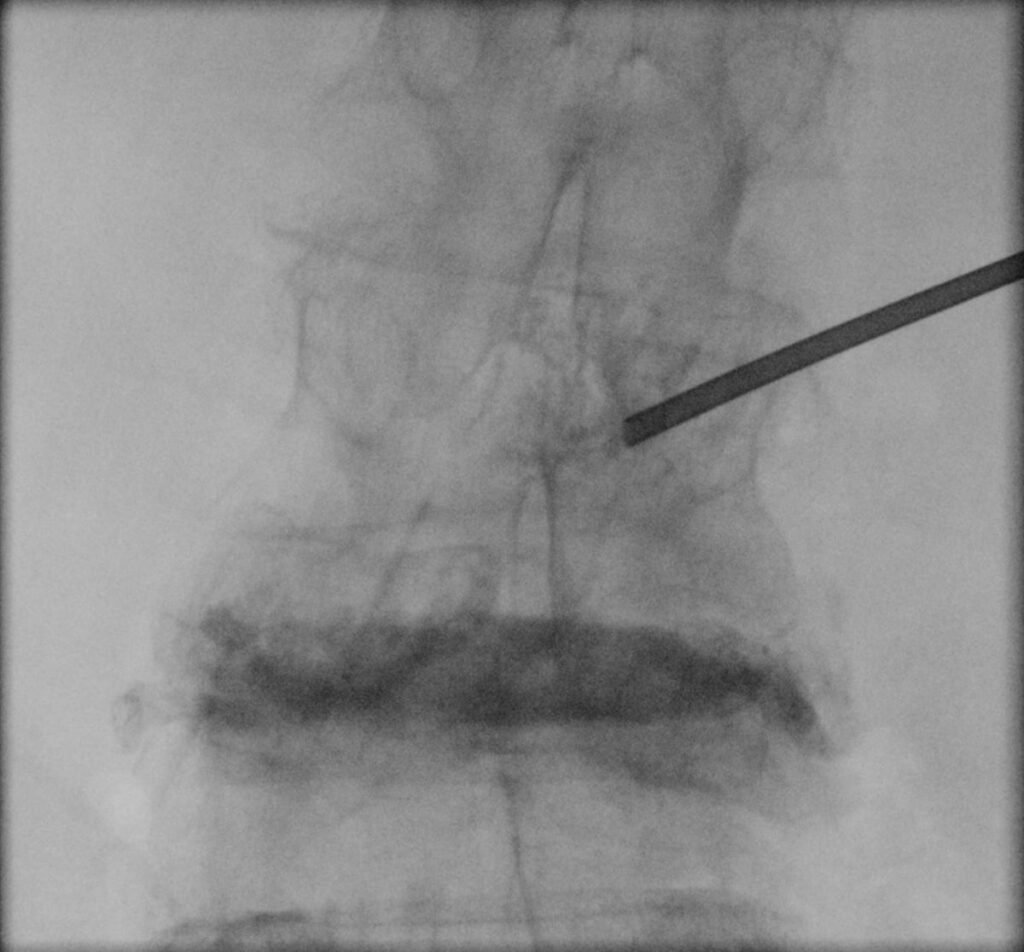
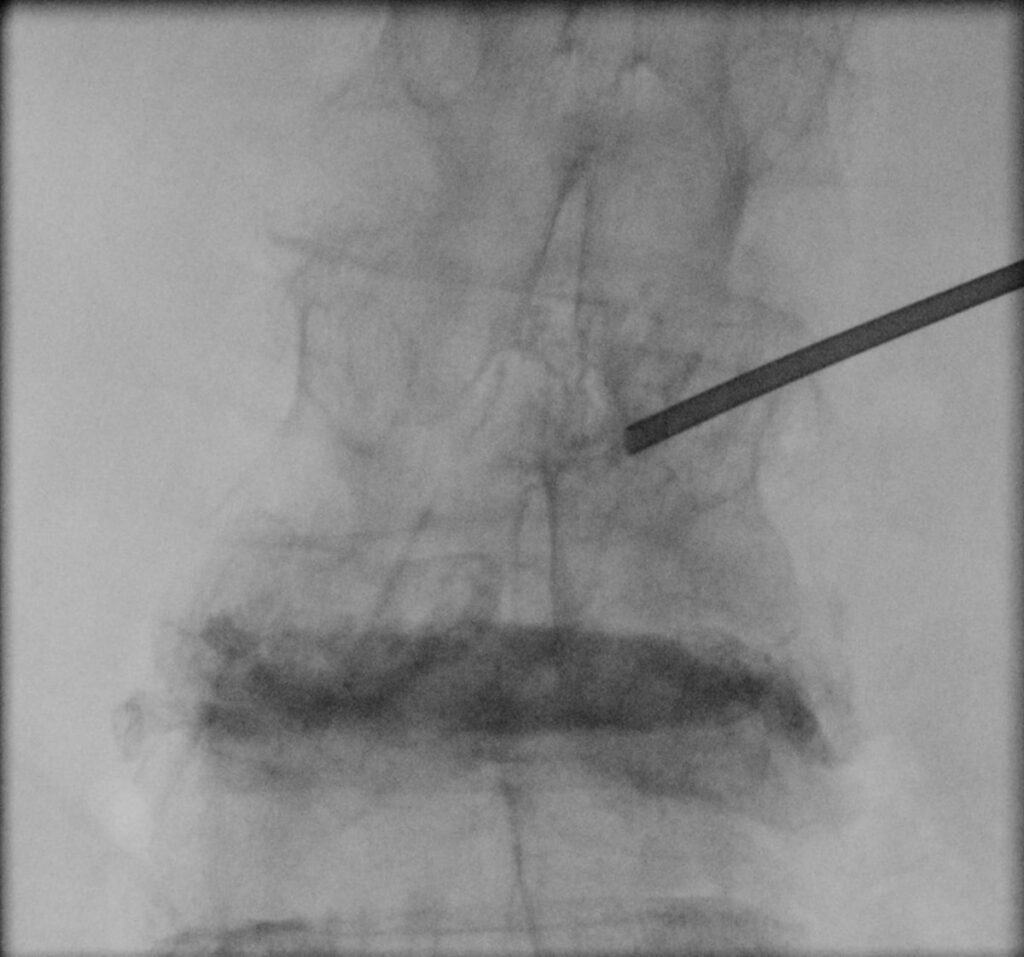
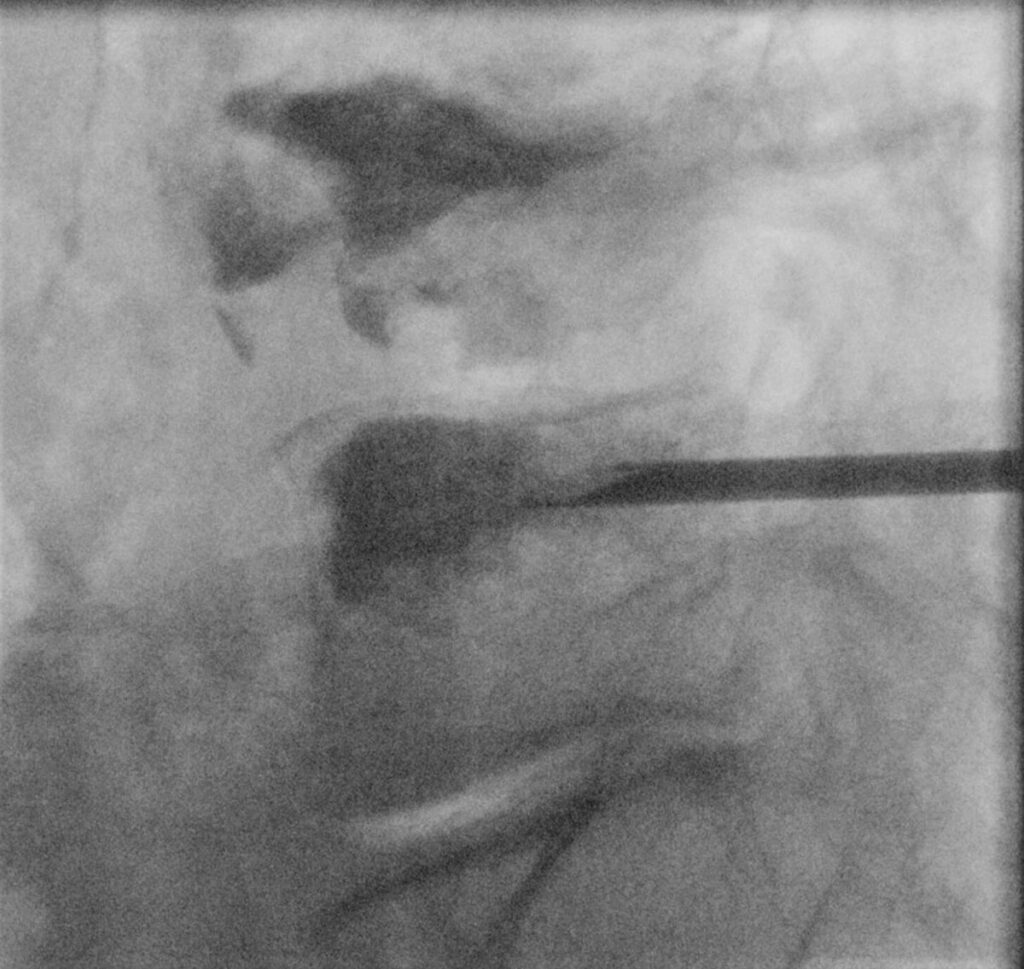
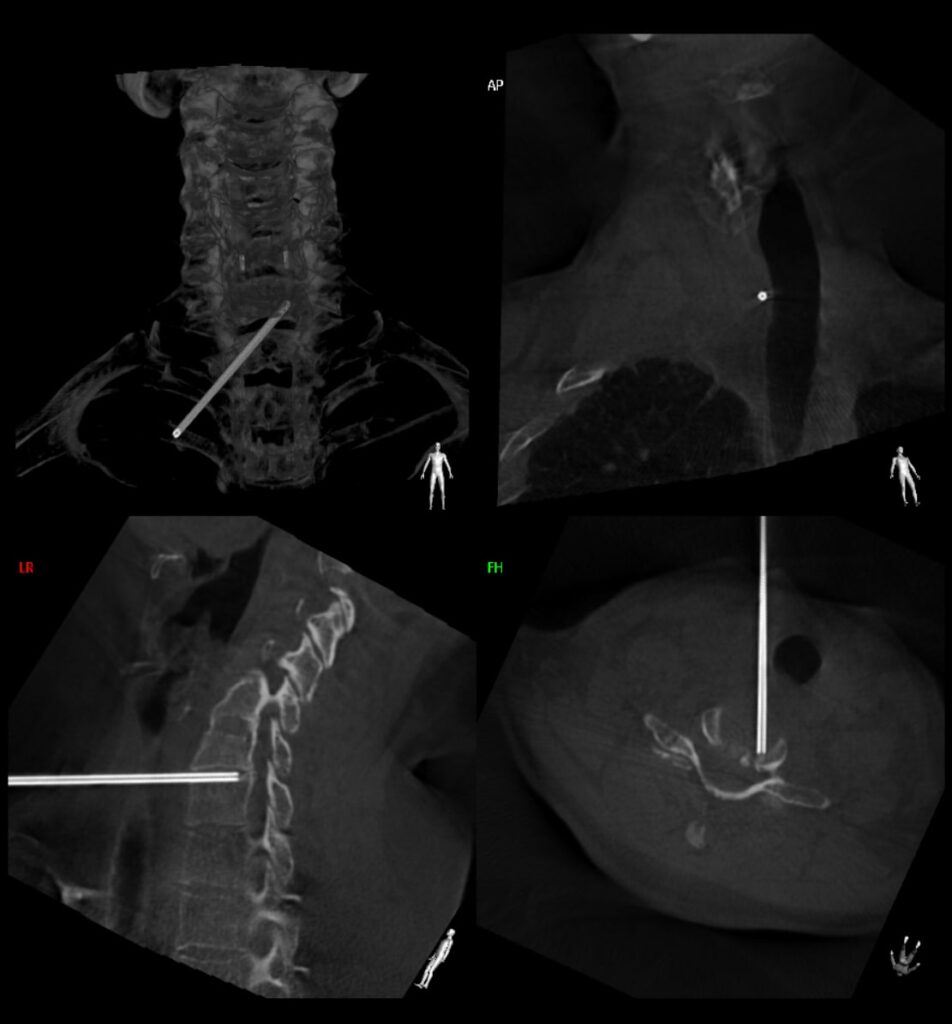
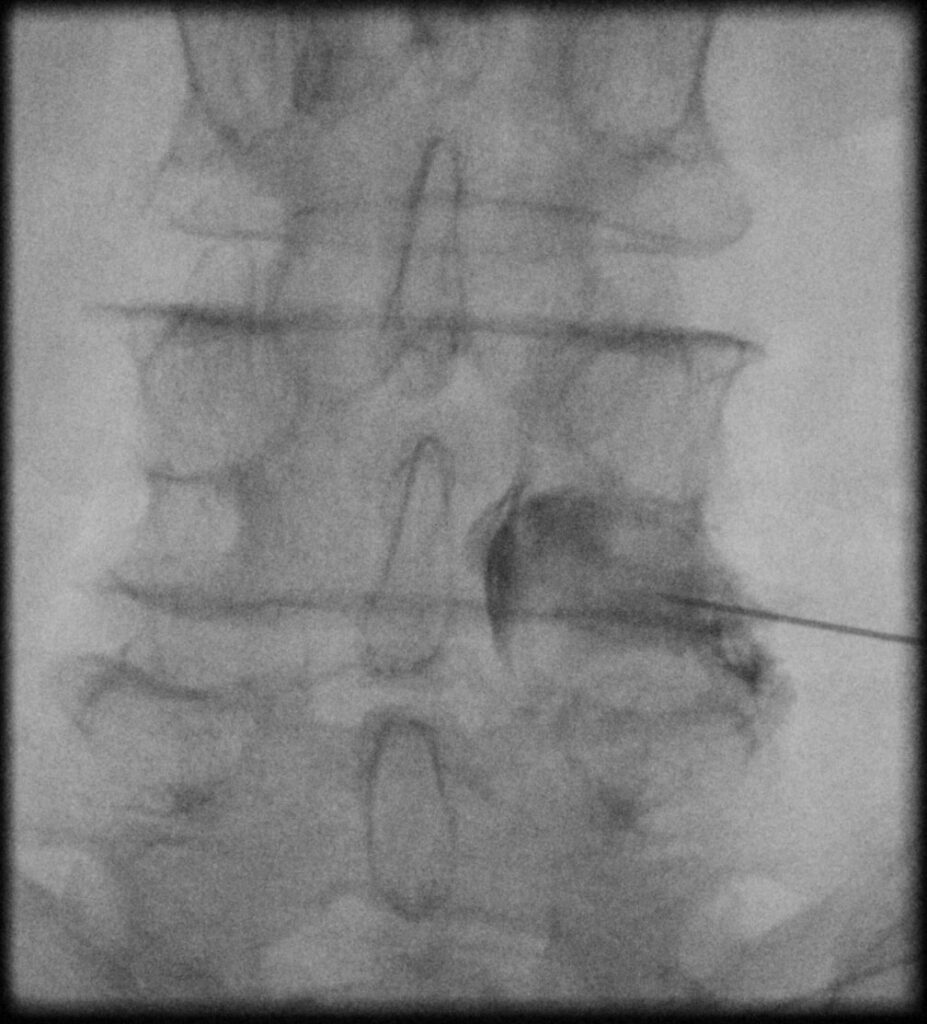
Infiltration is the most powerful anti-inflammatory agent that should speed up the healing process. Depending on the duration of their efficacy and the pathology, these infiltrations or "pain relievers" (confirming your disease) will allow you to focus on other minimally invasive treatments.
- In the treatment of disc herniation: direct aspiration with HERNIATOM needle or decompressor (focal mechanical herniectomy) or by radiofrequency therapy (coblation or other) and intradiscal injection (ozone therapy and Discogel).
Herniatome® (disc aspiration has a progressive effect between the third week and the third month).
Ozone therapy is like a steroid (infiltration) with an anti-inflammatory role and its advantage is that it has no side effects. Its disadvantage is that it has an effect within four to six sessions.
- In the treatment of discogenic syndromes and "BLACK DISC", as well as MODIC: Discogel, ozone therapy, radiofrequency or new injectable implants, such as hydrofluid, are suggested as a second option. These include desensitization of the disc or increasing its cushioning role, which is reduced by dehydration (disc wear).
Joint desensitization.
Joint desensitization is usually done by radiofrequency treatment, which destroys the nerve fibers transmitting pain to the brain.
- In the treatment of rheumatism (joint pain) radiofrequency desensitization (rhizolysis or thermoablation) allows a nerve transmitting pain to coagulate and suppress transmission. Coagulation of the nerve affects only the transmission of pain, without affecting motor skills. Other methods, such as injecting a certain type of oil (hyaluronic acid) or PRP, are also available, especially for peripheral joint pain.
Similarly, for some percutaneous joint fixations, we can offer you new fixation methods.
- In the treatment of insufficiencies and periarthritis (tendon injuries): ozone therapy or PRP, or botox (piriformis syndrome) may be suggested. PRP is often used to restore your anti-inflammatory factors by centrifugation and re-injection, concentrated into the damaged area to achieve a targeted restorative effect.
- In the treatment of osteoporotic, traumatic or secondary vertebral fractures: Stabilization by cement injection is suggested (vertebroplasty or kyphoplasty) initially. In the case of benign or malignant tumor lesions, radiofrequency hyperthermic or microwave therapy with or without vertebroplasty is often also applied.
There are many techniques that can be applied in cases where the pain is of a disc nature.
The discs of the spine are elastic structures that favor normal spinal movements, but they can also degenerate, which can intensify with age and can be the cause of spinal or limb pain.
There are many techniques for situations where infiltration does not relieve disc pain.
Percutaneous disc decompression with cold laser.
Reducing the pressure on the disc can reduce the pressure and even the size of the disc herniation with a reduction in nerve compression and pain radiating to the extremities.
- In the treatment of lumbar spinal stenosis: percutaneous decompression (via cold laser or balloon) may be applied, and in some cases spinal electrical nerve stimulation may also be suggested.
The advantage of these alternative treatment methods to conventional surgery is that they do not require postoperative recovery. Complications of this type of percutaneous intervention (via needle), and in particular infiltration, are incidental and minor and are common complications of puncture, or more precisely infection or haematoma. In the literature, the risk of infection is estimated at 1 in 60,000 and is lower than that of bone surgery (4 in 1000).

